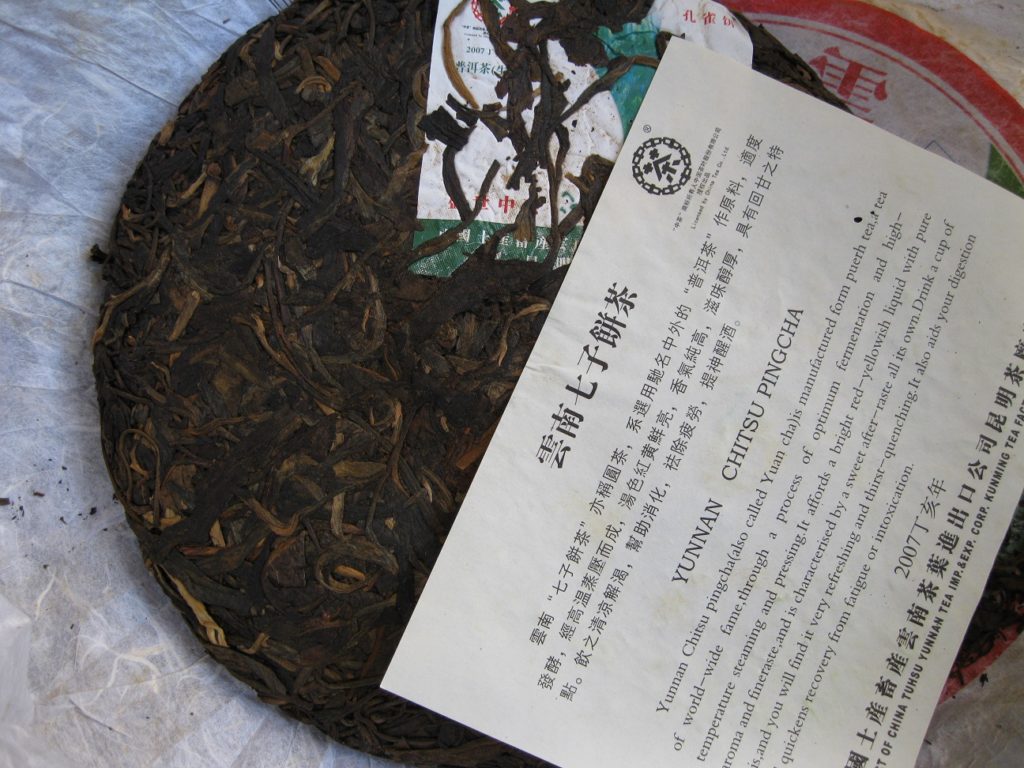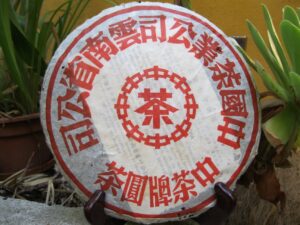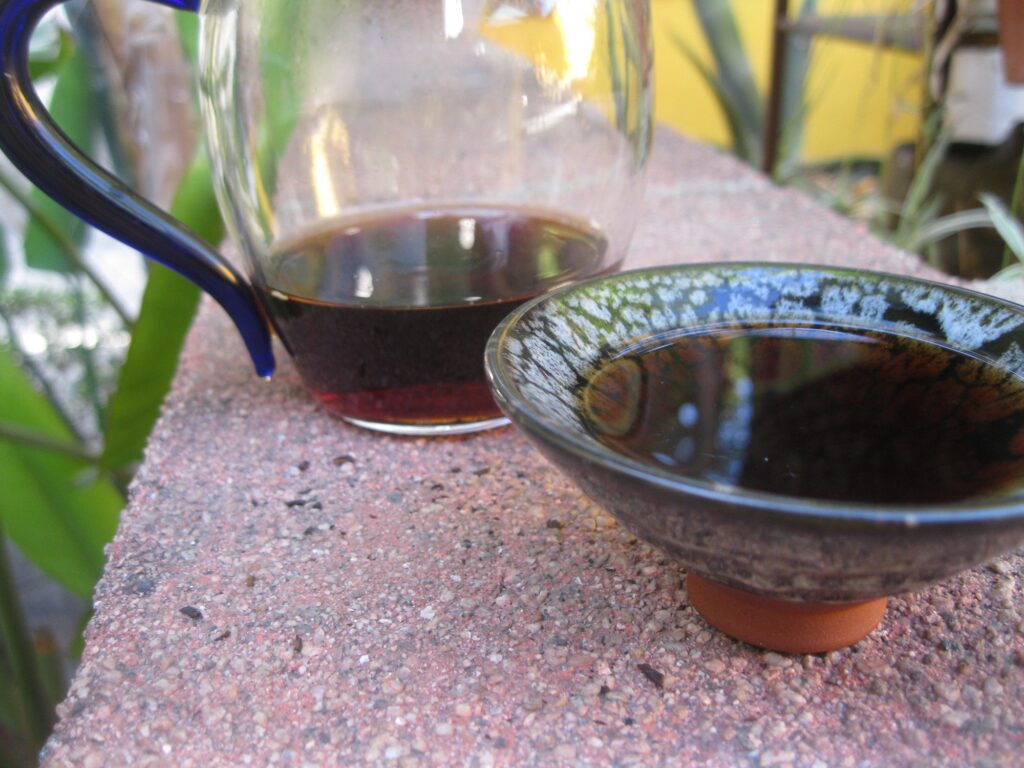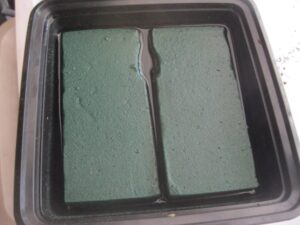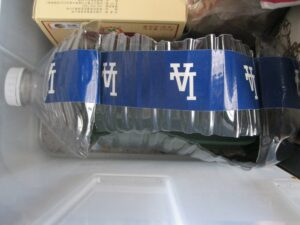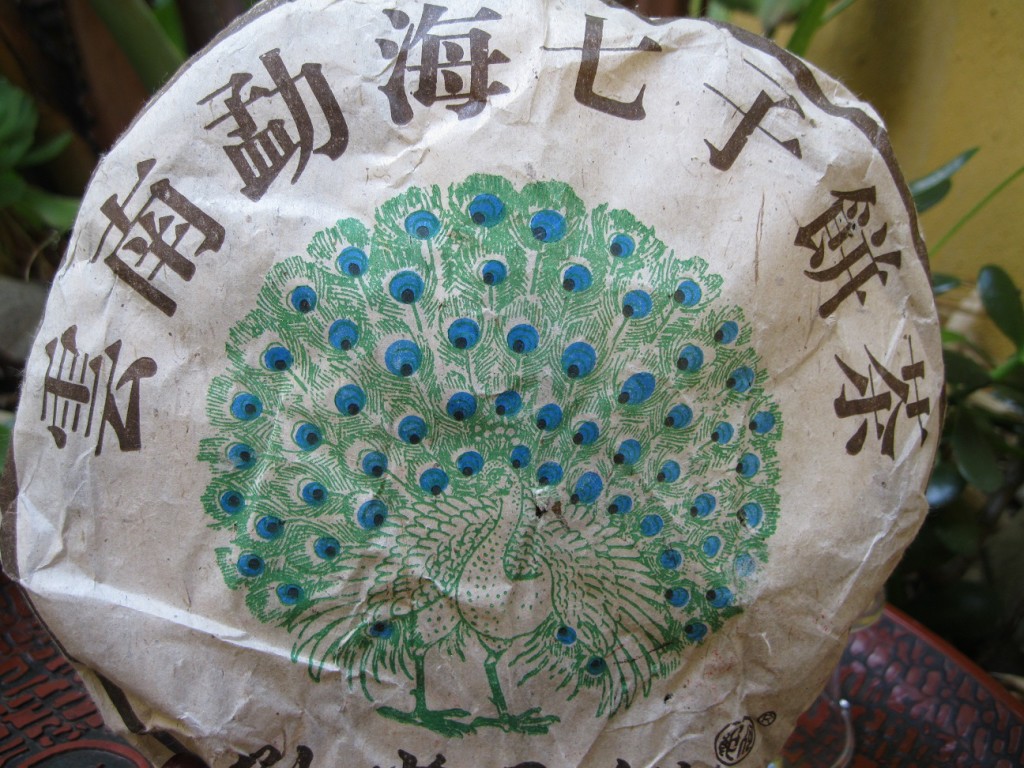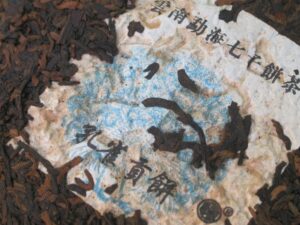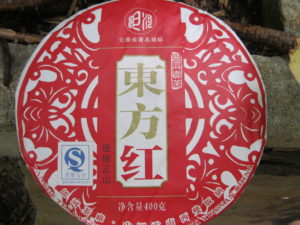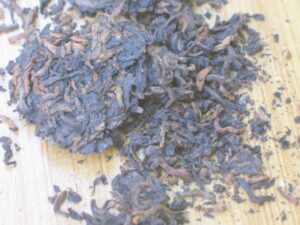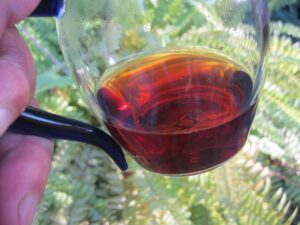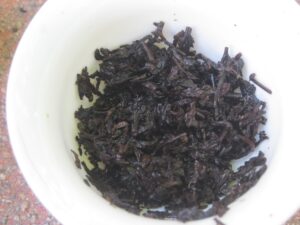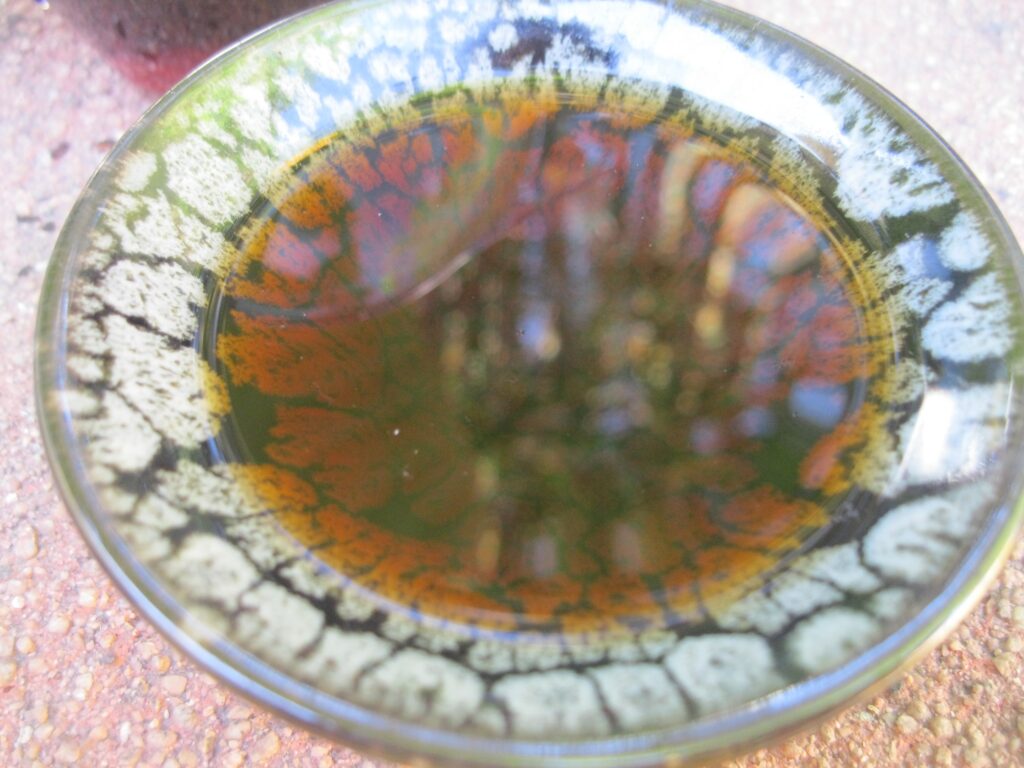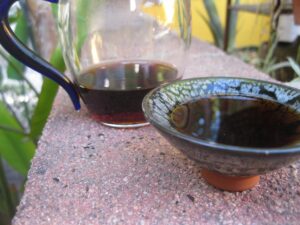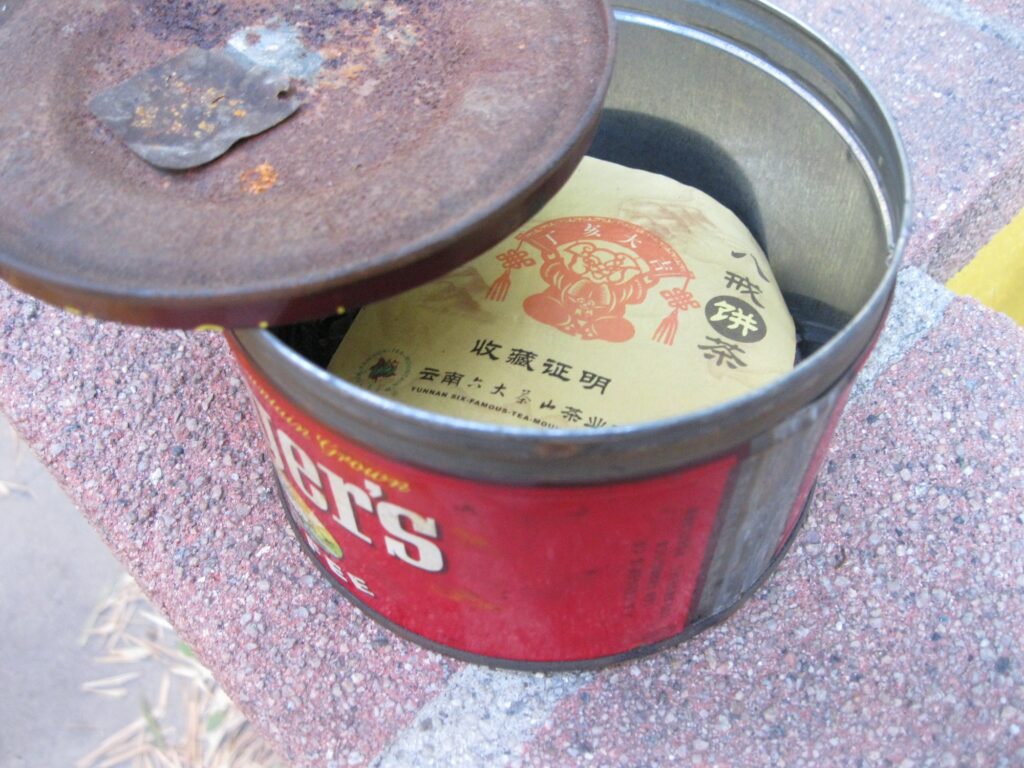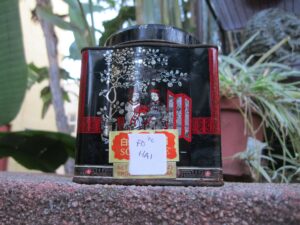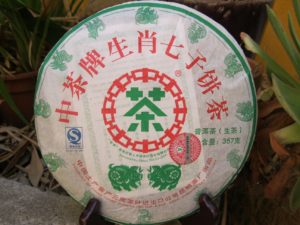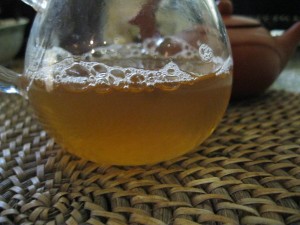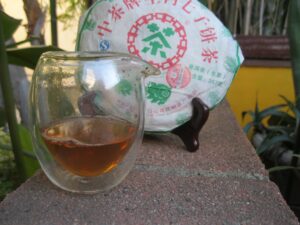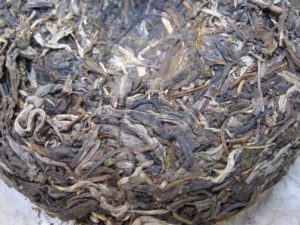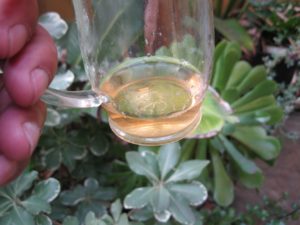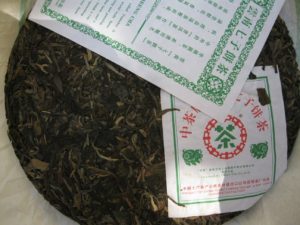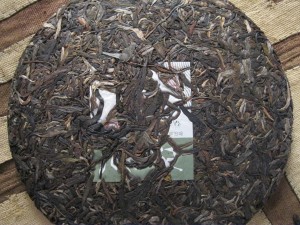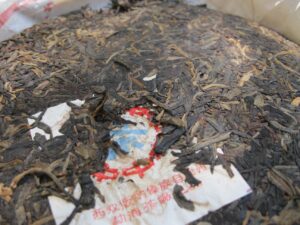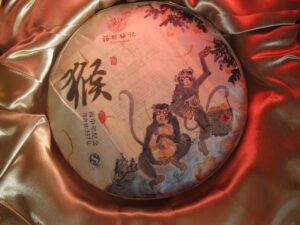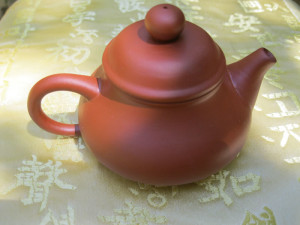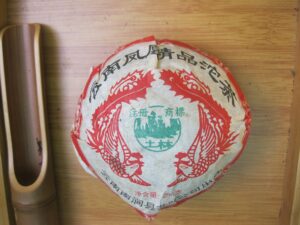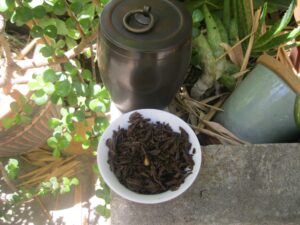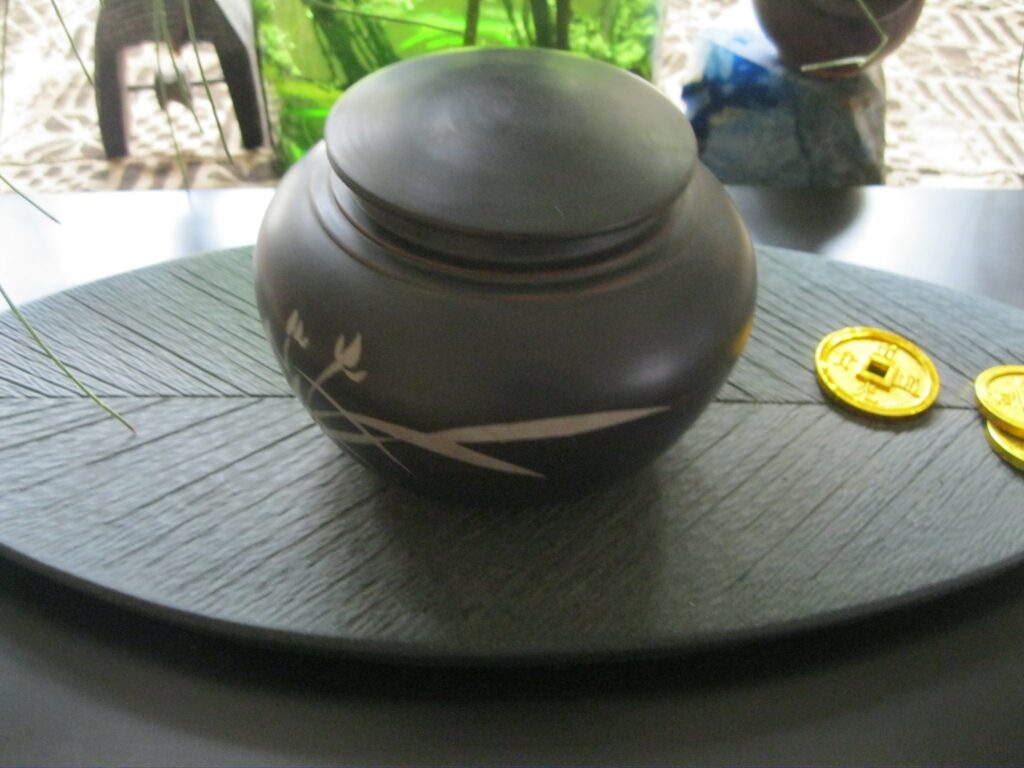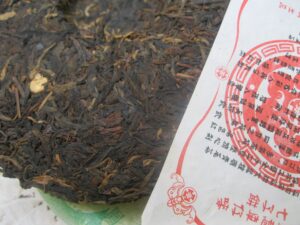Puerh: Winter Effects Natural Storage
Winter Effects Natural Storage finds Puerh Junky in a meditative mood. Here we see him discussing the oft-raised issue of puerh storage. Specifically, he wants to approach the issue of climate control based upon his findings using primarily natural storage in Los Angeles. Puerh Junky is agnostic regarding the matter of climate control. Individuals are welcome to like whatever. Hard conclusions about the best storage are dicey, for reasons not the least being storage climate and the contingencies of each production. Here PJ wants to share his own findings at the height of the winter months ’24. We find him in his silk and velvet smoking robe, resplendent colours of gold, black, and green. . .
Puerh Storage Direction:
When we come to the topic of puerh storage we must consider directionality. Puerh is dynamic, undergoing a constant state of either expansion (outward) or contraction (inward). Outward movement means that it is taking in more moisture. Warmer seasons are the time of expansion. Conversely, inward movement is when material contracts and thus releasing moisture. Obviously, the picture is more complicated if one lives in the desert, where summer temperatures may give rise to a measure of expansion but not so much or even contraction if there is little humidity to move in. Similarly, if winter spells a rainy season then contraction may be greatly tempered despite lower temperatures.
The relative state of each production determines whether it needs to expand or contract. Dealing with dry-stored productions, it’s fair to conclude that expansion is preferable, but there will come a time when the latter is true. In a recent conversation with a fellow enthusiastista, we were both rather dreading the customary hibernation that accompanies the cooler temperatures. However, in the case of some productions, such trepidations proved unwarranted. Let’s take a closer look by examining two LME productions.
Puerh Winter Awakening
For a puerh production to undergo winter awakening, the production must exhibit flat attributes in the warmer months. Assuming that we’re not talking about dry flatness, then the only other possibility is wet flatness. Either dryness or wetness can give rise to flatness. Many GD, HK, and wetter stored productions can exhibit flatness. It can also be the result of insufficient air exposure or all the above.
Such has been the case of a certain LME production that I’ve had on hand for around three winters now and which I first introduced on Discord of Nov ’23. Its leaves are uncharacteristically black, suggesting that it underwent a period of considerably heavy storage, though no humidity can be detected. This heavy storage seems to have been followed up by storage where very little air got to it. These are conjectures. At the right spot, it exhibits a bright, high-note and refreshing nature. By April ’23, storage strategy went whole hog humid with most unsatisfactory results, buy by the uncharacteristically early fall and fall-type weather of climes points east, the cake started to blossom with less fussing on this end. Presumably this case has benefitted from both expansion and contraction, though it is decidedly performing best in its contraction phase presently.
Hideout, on the other hand, has been written about on the Junky’s Log a few times. By summer ’23 it had flattened, and it seemed much, to this Junky’s horror, that it had piqued and died. Subsequently, this wasn’t the case and might be attributable to two factors: one being in a transition phase and the other to requiring the contraction of winter. Hideout presently doesn’t have the spicy traits as before, having now evolved into a grapefruit stage. Most distinguishable from summer horrors is that the astringency is back.
Wrap Up
A recurrent theme of discussions on storage in the Puerh Junky Logs (PJL) has been that we’re dealing with a moving target. There are numerous reports that essentially endeavor to time freeze the natural process of aging. Perhaps this is possible under certain conditions, not the least being time in which a production is consumed. Most all Puerh Junky comments regard older productions, i.e., ’14 and prior.
Key to assessing the performance of a production is its specifics relative direction, i.e., expansion and contraction. Here two LME productions were placed under the spotlight to illustrate storage complexities for which winter conditions served as the elixir to remedy flatness. Warmer seasons are the time of expansion and cooler contraction. How a production performs depends upon its particular contingencies, which is why it is rash to make make any dogmatic presumptions about storage in general and even season specifically.
Many puerh enthusiasts are careful to control conditions of storage. The Puerh Junky cannot speak to such methods, though there’s possible cause for philosophical musings based on his environmental specifics where temps range from the 40s-90s. It is presumed that puerh is a live product given its production methods and transforming nature. Within the ambit of puerh, shengtai is considered superior to plantation, and wild superior to shengtai. This is because the wild plant gets exposed to stressors that make the plant work harder to compete within its environment. With competition chemical responses occur to boost survivability. It’s hard to imagine that such a phenomenon could be occurring with an entity that is already picked, but it seems possible that a puerh production constitutes its own micro-environment where an analogous process unfolds. Subjecting one’s treasures to the same old conditions could end up boring the the micro-climate, whereas the stressors of seasonal variability (under LA condition mind you) could vitalize the micro-climate. Though this is conjecture, it is not without empirical basis.

